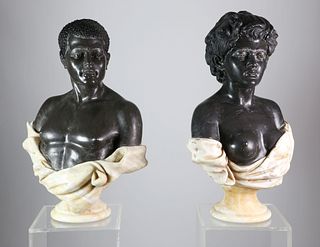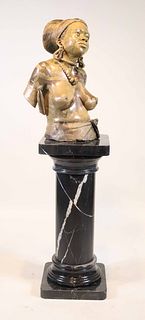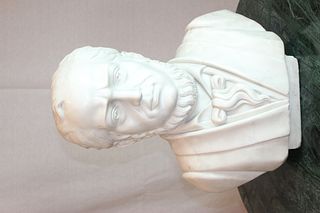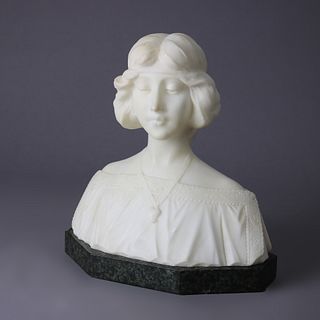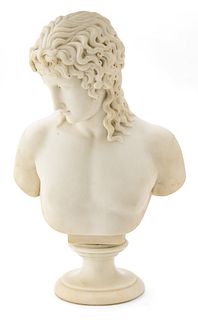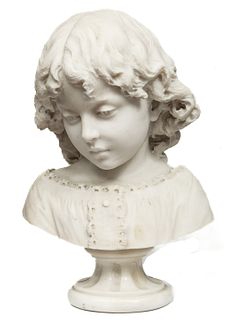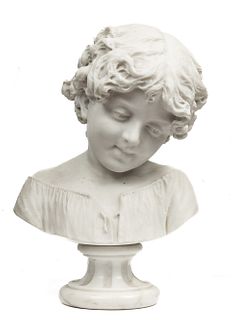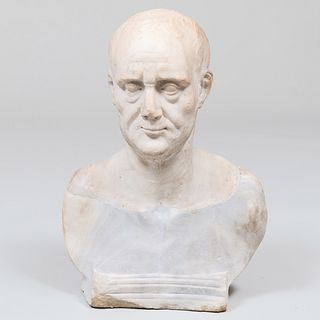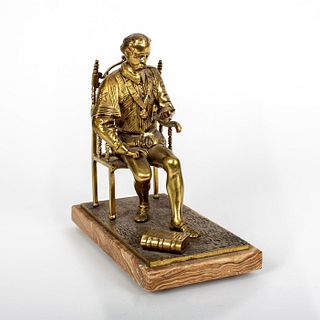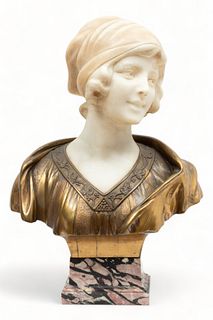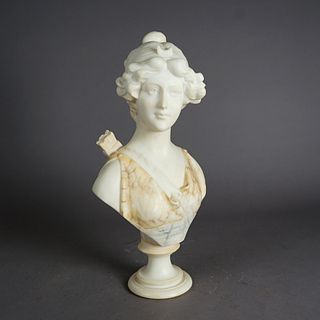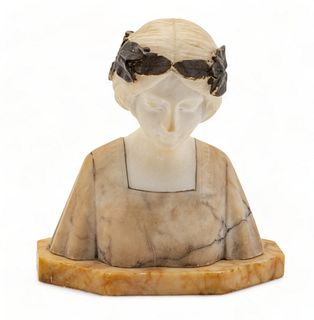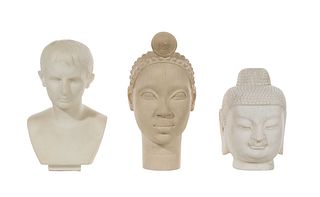215 Results
Sort by
-
 Estimate$700 - $1,100
Estimate$700 - $1,100 -
 Estimate$800 - $1,400
Estimate$800 - $1,400 -
 Estimate$300 - $500
Estimate$300 - $500 -
 Estimate$1,000 - $3,000
Estimate$1,000 - $3,000 -
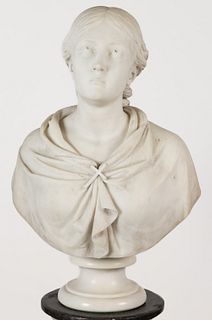 Estimate$300 - $500
Estimate$300 - $500 -
 Estimate$150 - $250
Estimate$150 - $250 -
 Estimate$200 - $300
Estimate$200 - $300 -
 Estimate$500 - $800
Estimate$500 - $800SHAKESPEARE WOOD (ITALIAN, 1827-1886) CARVED MARBLE BUST OF A LADY
Est.$500 - $8003 BidsSold for$1,600 -
 Estimate$200 - $300
Estimate$200 - $300ADESHIR JOSEPH ARJANG (AMERICAN, 1941-2011), ATTRIBUTED, CARVED MARBLE BUST
Est.$200 - $3003 BidsSold for$140 -
 Estimate$200 - $300
Estimate$200 - $300CRISTOFORO VICARI (SWISS/ITALIAN, 1846-1913) CARVED MARBLE BUST OF A DUTCH WOMAN
Est.$200 - $3006 BidsSold for$225 -
 Estimate$600 - $800
Estimate$600 - $800AFTER BOIZOT (D.1809) CARVED ALABASTER BUST, KING LOUIS XVI OF FRANCE, 27"H
Est.$600 - $8002 BidsSold for$400 -
 Estimate$100 - $200
Estimate$100 - $200 -
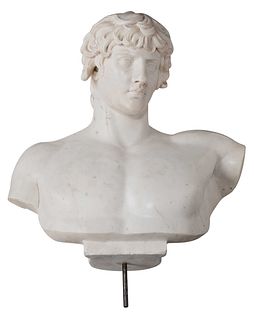 Estimate$2,000 - $3,000
Estimate$2,000 - $3,000 -
 Estimate$50 - $80
Estimate$50 - $80 -
 Estimate$200 - $300
Estimate$200 - $300 -
 Estimate$150 - $250
Estimate$150 - $250 -
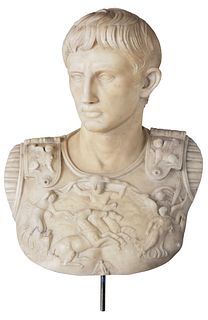 Estimate$1,000 - $2,000
Estimate$1,000 - $2,000 -
 Estimate$400 - $600
Estimate$400 - $600GLENNA GOODACRE (TX, 1939-2020) BRONZE SCULPTURE, BUST OF A CHILD
Est.$400 - $60010 BidsSold for$600 -
 Estimate$800 - $1,200
Estimate$800 - $1,200MOSES JACOB EZEKIEL (AMERICAN, 1844-1917) BRONZE BUST OF GENERAL ROBERT E. LEE
Est.$800 - $1,20015 BidsSold for$1,600 -
 Estimate$80 - $120
Estimate$80 - $120ROBERT BERKS (AMERICAN, 1922-2011) BRONZE-CLAD BUST OF PRESIDENT JOHN F. KENNEDY, JR.
Est.$80 - $1206 BidsSold for$70 -
 Estimate$200 - $300
Estimate$200 - $300ANGIOLO MALAVOLTI (ITALIAN, 1876-1947), ATTRIBUTED, CARVED ALABASTER BUST OF A YOUNG WOMAN
Est.$200 - $3009 BidsSold for$170 -
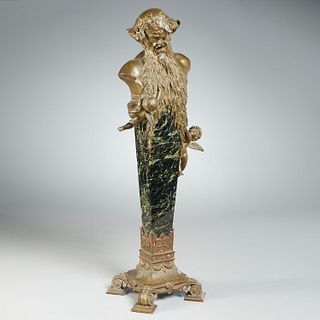 Estimate$2,000 - $3,000
Estimate$2,000 - $3,000 -
 Estimate$400 - $800
Estimate$400 - $800



 EUR
EUR CAD
CAD AUD
AUD GBP
GBP MXN
MXN HKD
HKD CNY
CNY MYR
MYR SEK
SEK SGD
SGD CHF
CHF THB
THB Live Auction in Progress
Live Auction in Progress

